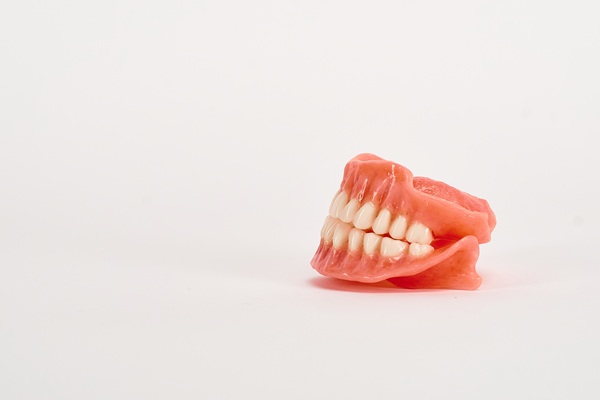 There are many benefits to choosing Invisalign® clear aligners over metal braces for teeth straightening, including the ease of cleaning and routine maintenance. While clear aligners are considered more aesthetically pleasing than traditional braces, failing to take proper care of the trays can lead to discoloration or a buildup of bacteria in the mouth. Fortunately, cleaning the trays is simple. Consider the different approaches to keeping braces or aligner trays clean to find which option is more convenient.
There are many benefits to choosing Invisalign® clear aligners over metal braces for teeth straightening, including the ease of cleaning and routine maintenance. While clear aligners are considered more aesthetically pleasing than traditional braces, failing to take proper care of the trays can lead to discoloration or a buildup of bacteria in the mouth. Fortunately, cleaning the trays is simple. Consider the different approaches to keeping braces or aligner trays clean to find which option is more convenient.
Keeping braces clean
Traditional metal braces are mounted to the surface of the teeth, with the braces themselves forming a barrier over the teeth. It is possible to remove plaque and food particles, but many patients find it difficult to navigate the wires and brackets with a standard toothbrush. Routine cleaning must accommodate the braces, with the first change being a new toothbrush. An electric toothbrush, a spindle brush, or one designed for use with braces can do a better job of cleaning between individual teeth as well as between the teeth and metal components.
Avoid certain foods and drinks
Because of the cracks and crevices created by braces, many foods and drinks should be avoided. Not only can hard, crunchy, chewy, or sticky foods cause damage to the braces, but particles from such foods can get caught in the cracks and stuck to the wires. Brushing the exterior of the teeth can remove some of these particles from the surface of the teeth around the brackets, but it is difficult to get fully in between the brackets and underneath the wires.
Keep flossing and rinsing
Flossing the teeth while wearing braces requires specific techniques or tools. Carefully thread the floss around the wire or use a water flosser to clean out particles and plaque from around the teeth and in the gaps of the braces. Rinsing with an antimicrobial mouthwash cleanses the brackets and mouth of bacteria and germ buildup.
Keeping Invisalign® clear trays clean
Clear aligner trays are easy to maintain, as they can be removed from the mouth for brushing and rinsing. It is important to clean the trays each morning and evening to remove bacteria buildup. It is also recommended that the trays be cleaned or rinsed prior to putting them back in the mouth after being taken out for mealtimes. Never eat while the trays are in place.
To preserve the sanitation and clear coloring of the trays, soak them in an aligner cleaner at least once a day. Use a soft toothbrush to gently remove plaque or food. A harsh-bristled toothbrush can scratch the trays, and using toothpaste or soap that is colored or scented can cause discoloration. Avoid consuming beverages other than water while wearing the aligners to prevent staining from colored liquids. When not wearing them, store the aligners in a protective container.
Conclusion
Between the teeth straightening options, there are clear differences in cleaning and maintenance requirements. Schedule a consultation to find out if braces or Invisalign® therapy is the right choice.
Request an appointment or call Northside Dental Care, PC at 978-206-7077 for an appointment in our Peabody office.
Recent Posts
You probably have heard of Invisalign® but might not know how it differs from traditional braces when it comes to teeth straightening. Braces have been the go-to teeth-straightening device for many years. More recently, Invisalign has gained popularity in patients with crowding or spacing issues. Because it looks so different from traditional braces, you may…
Invisalign® aligners work most effectively when you are consistent with using them. While that sounds simple, there are a lot of ways you might struggle with developing a routine. One of the reasons people like Invisalign aligners so much is because the trays are removable and customizable. But these things can also work against you…
Invisalign® dental aligners are an excellent option for patients who want to avoid the look and feel of traditional metal braces while straightening crooked teeth or closing gaps between teeth. Compared to braces, most observers do not realize when someone is wearing clear aligners.For this treatment, dentists take impressions of patients' upper and lower teeth…


